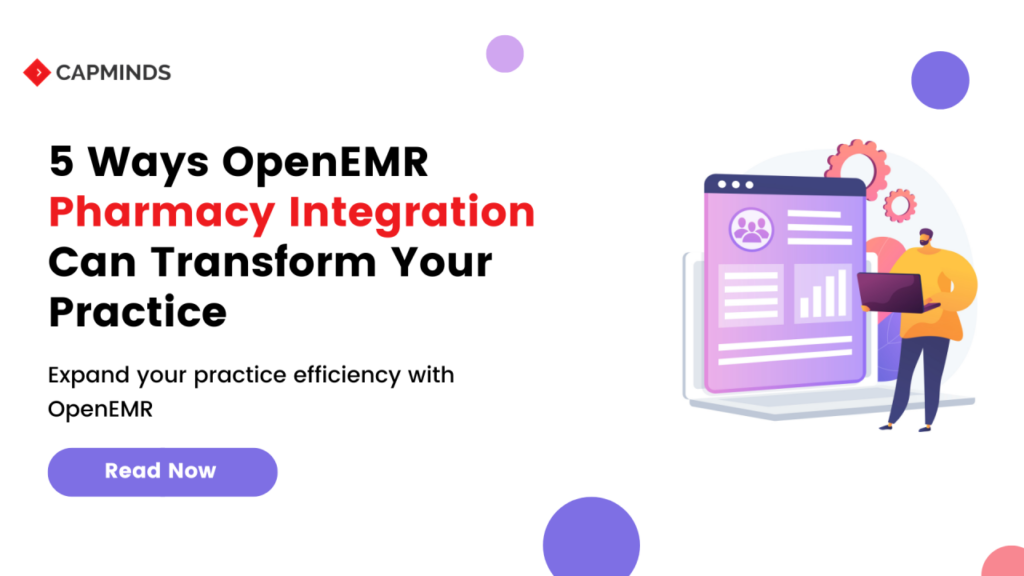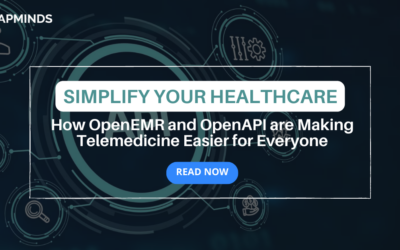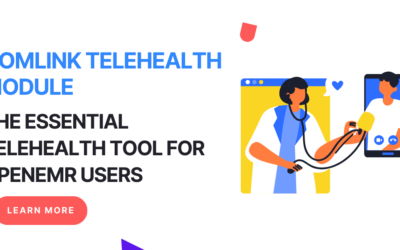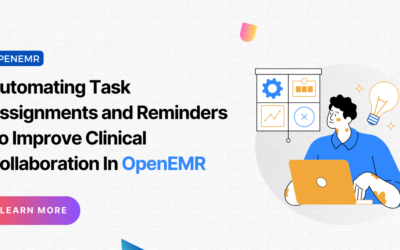5 Ways OpenEMR Pharmacy Integration Can Transform Your Practice
Seamlessly integrating your electronic health record (EHR) system with one or more pharmacy software platforms has become an essential strategy for modern medical practices.
Specifically, connecting OpenEMR – a leading open-source EHR – with major pharmacy chains, independent pharmacies, and pharmacy benefit managers (PBMs) via HL7 and FHIR interoperability standards delivers tremendous advantages.
From small clinics to large health systems spanning multiple locations, OpenEMR’s flexibility supports scalable integration architectures. This allows prescription data, medication histories, formulary information, and more to flow bidirectionally between OpenEMR and pharmacy systems.
The result is a continuous flow of structured, standardized data that transforms clinical workflows, reduces errors, powers data analytics, and enables patient-centered personalized services.
In this article, we explore 5 key ways OpenEMR pharmacy integrations can benefit your practice, your staff, and your patients by catalyzing superior care coordination
#1 Reduce Prescription Errors
Connecting OpenEMR directly to your pharmacy system significantly decreases incorrect or unclear prescriptions. By automatically sharing structured prescription data, there is less room for mistakes due to illegible handwriting or misheard phone/fax orders.
// Structured prescription data exchange $prescriptionData = array( 'patientName' => 'John Doe', 'date' => '2023-01-01', 'medication' => 'Amoxicillin 500mg capsules', 'instructions' => 'Take one capsule three times daily with food', 'quantity' => '30' ); pharmacySystemAPI->sendPrescription($prescriptionData);
This automation also reduces the workload for providers and pharmacists to clarify orders.
#2 Improve Medication Adherence
Accessing a patient’s prescription records from multiple pharmacies through OpenEMR provides a more complete medication list. This helps identify adherence issues, prevent harmful drug interactions, and avoid duplicate or conflicting prescriptions.
// Get patient prescription history $prescriptionHistory = pharmacySystemAPI->getPrescriptionHistoryForPatient($patientID); // Check for duplicate meds, interactions etc verifyPrescriptionSafety($prescriptionHistory, $newPrescription);
Having consolidated data leads to better-informed conversations with patients about their medications for improved adherence.
#3 Enhanced Reporting and Analytics
Integrated pharmacy data allows in-depth analysis of prescription patterns and medication usage across your entire patient population. Reporting can track metrics like most/least prescribed drugs, adherence rates, or high-risk prescriptions.
// Query for practice-wide prescribing insights
$prescriptionReports = new PrescriptionReportGenerator();
$reports = $prescriptionReports->forDateRange('2023-01-01', '2023-01-31');
// Identify frequently prescribed meds
$commonPrescriptions = $prescriptionReports->mostCommonByQuantity(30);
This intelligence helps guide evidence-based treatment decisions and population health initiatives.
#4 Streamlined Workflows
Eliminating manual prescription processes like faxing, phoning, or using paper visit summaries frees up considerable time for healthcare staff. Automated alerts about unavailable meds or pharmacy questions also reduce inefficient communication back and forth.
This allows providers, assistants, nurses, clerical staff, and pharmacists to focus their energy on direct patient care rather than paperwork.
#5 Personalized Pharmacy Services
Data integration unlocks advanced features like contextual prescription suggestions during OpenEMR order entry, based on a patient’s conditions, history, and insurance coverage.
// Display recommended meds for patient
$suggestedPrescriptions = pharmacySystemAPI->suggestionsForPatient($patient);
foreach ($suggestedPrescriptions as $suggestion) {
echo $suggestion;
}
It also enables pharmacists to perform comprehensive medication reviews and offer enhanced counseling based on the patient’s integrated health profile.
Conclusion
Connecting OpenEMR and leading pharmacy systems streamlines workflows, minimizes errors, powers insights through reporting, and enables personalized pharmacy services – delivering safer, more efficient patient care. Evaluating integration options brings you one step closer to unlocking these transformative benefits.
Some additional advantages include:
- Automatic documentation of prescription details in the EHR
- Alerting providers of lower-cost medication alternatives covered by a patient’s insurance
- Checking prescription amounts against health system formularies and guidelines
CapMinds OpenEMR is a comprehensive solution for electronic health records and the management of medical practices. We offer OpenEMR customization and support services for health record systems, as well as practice management and medical billing solutions.
CapMinds EMR features are easy to navigate allowing your practice staff to examine a patient’s chart to learn more about the patient’s health records and recent test results. Physicians can easily able to share patient health information with other practices and physicians who may be using different EMR solutions




